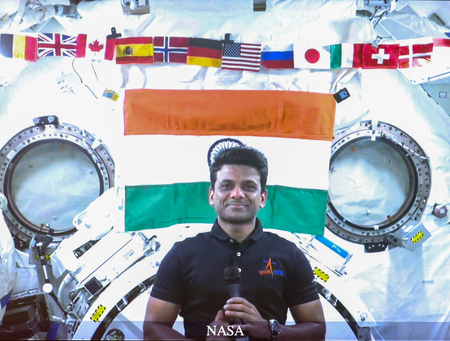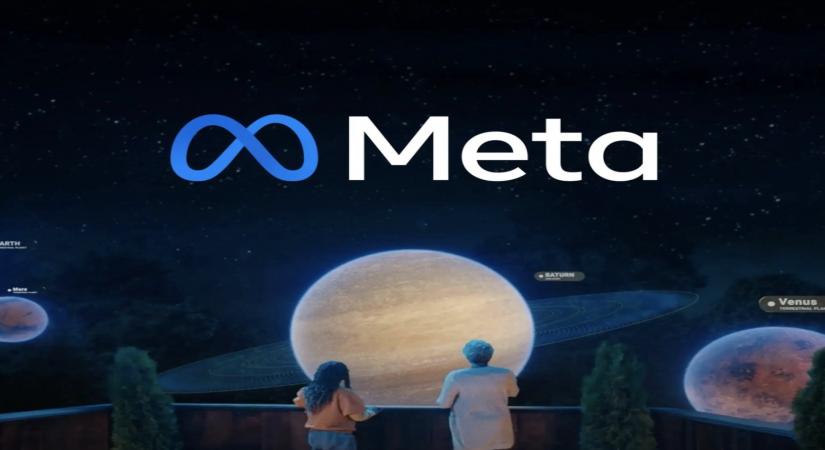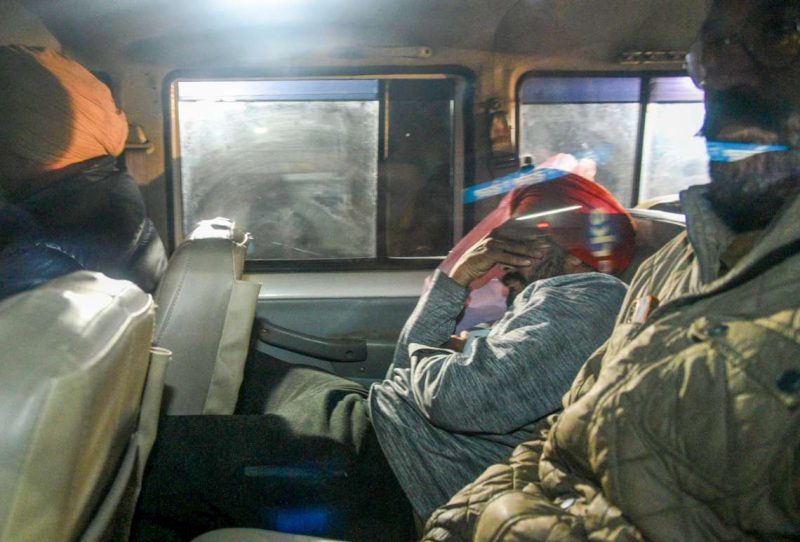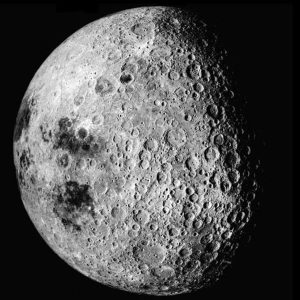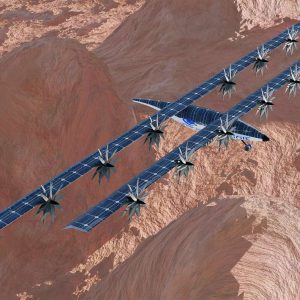The asteroid sample will help researchers to learn about how our planet and solar system formed, as well as the origin of organics that may have led to life on Earth…reports Asian Lite News
NASA’s OSIRIS-REx mission has successfully delivered the first-ever rock sample from asteroid Bennu on Earth.
The OSIRIS-REx (short for Origins, Spectral Interpretation, Resource Identification, and Security–Regolith Explorer), carried an estimated 8.8 ounces of rocky material collected from the surface of the asteroid Bennu in 2020.
The pristine asteroid sample capsule landed in the Utah desert in the US at 10.55 a.m. EDT (8.25 p.m. IST). “TOUCHDOWN! The #OSIRISREx sample capsule landed at the Utah Test and Training Range at 10.52 a.m. ET (1452 UTC) after a 3.86-billion mile journey,” NASA wrote in a post on X.
“This marks the US’ first sample return mission of its kind and will open a time capsule to the beginnings of our solar system,” the post adder According to the US space agency, the pieces of 4.6 billion-year-old space rock will “act as a time capsule from the earliest days of our solar system”.
“Bennu is one of the most potentially hazardous asteroids, and the sample returned by OSIRIS-REx will help us better understand the types of asteroids that could come our way,” Bill Nelson, NASA Administrator wrote on X.
The asteroid sample will help researchers to learn about how our planet and solar system formed, as well as the origin of organics that may have led to life on Earth.
OSIRIS-REx and military recovery team members aboard four helicopters and two backup ground vehicles waited just outside the capsule’s designated landing area on the Department of Defense’s Utah Test and Training Range in order to get to the capsule as quickly as possible once it touches down.
The team’s goal is to get the capsule to a temporary clean room on the range as soon as possible to protect it from contamination from the Earth’s environment.
The sample will remain safe, since the capsule is protected by a heat shield that regulates the temperature inside, keeping the sample below 167 degrees Fahrenheit, reminiscent of Bennu’s surface.
Once retrieved, the sample will be documented, cared for, at NASA’s Johnson Space Center in Houston, and later distributed for analysis to scientists worldwide.
After releasing its sample capsule toward Earth OSIRIS-REx spacecraft fired its engines to divert past Earth toward its new mission to asteroid Apophis and was renamed OSIRIS-APEX.
Roughly 1,000 feet wide, Apophis will come within 20,000 miles of Earth — less than one-tenth the distance between Earth and the Moon — in 2029.
OSIRIS-APEX is scheduled to enter orbit of Apophis soon after the asteroid’s close approach of Earth to see how the encounter affected the asteroid’s orbit, spin rate, and surface.



